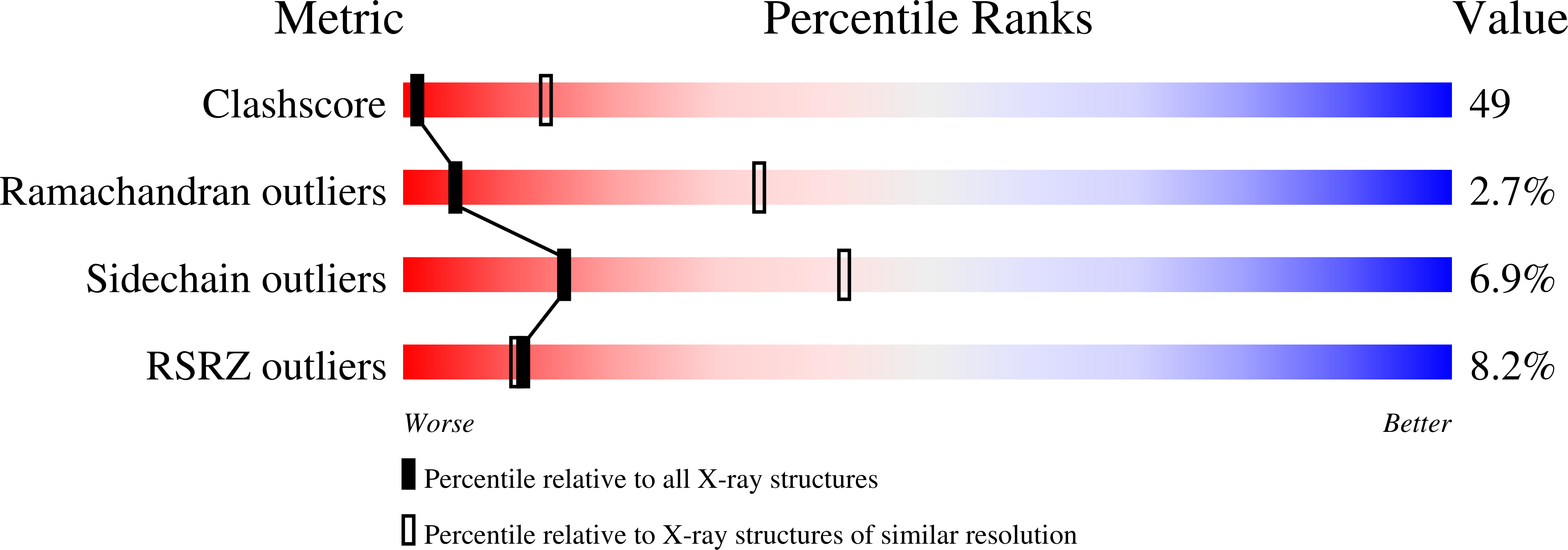
Deposition Date
2008-07-31
Release Date
2008-09-23
Last Version Date
2024-02-21
Entry Detail
PDB ID:
3E0D
Keywords:
Title:
Insights into the Replisome from the Crystral Structure of the Ternary Complex of the Eubacterial DNA Polymerase III alpha-subunit
Biological Source:
Source Organism:
Thermus aquaticus (Taxon ID: 271)
Host Organism:
Method Details:
Experimental Method:
Resolution:
4.60 Å
R-Value Free:
0.27
R-Value Work:
0.28
Space Group:
P 41


